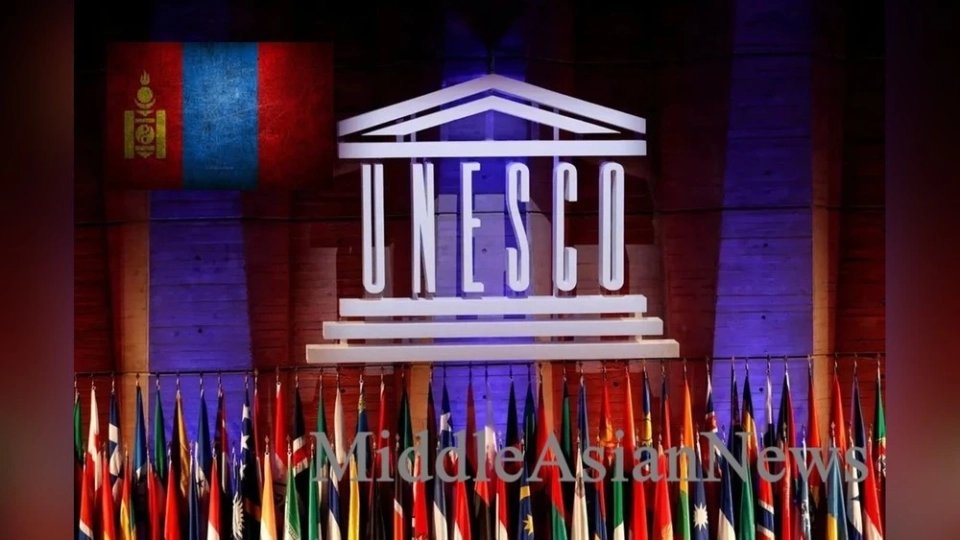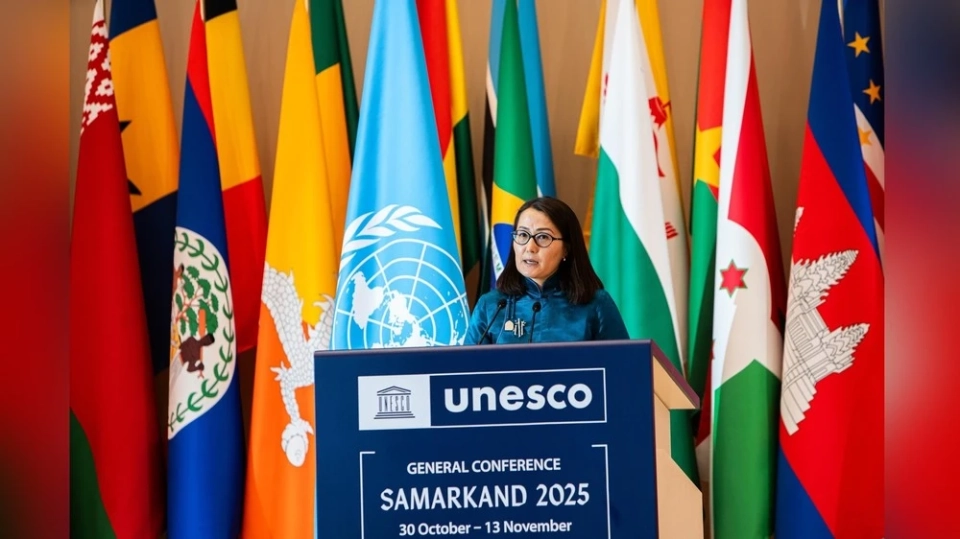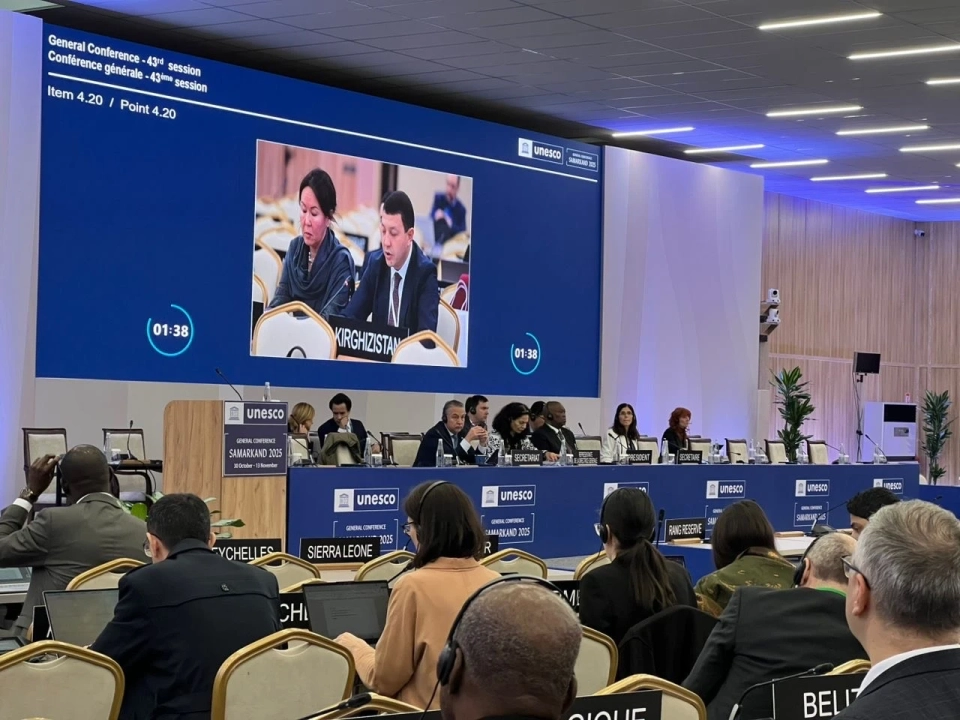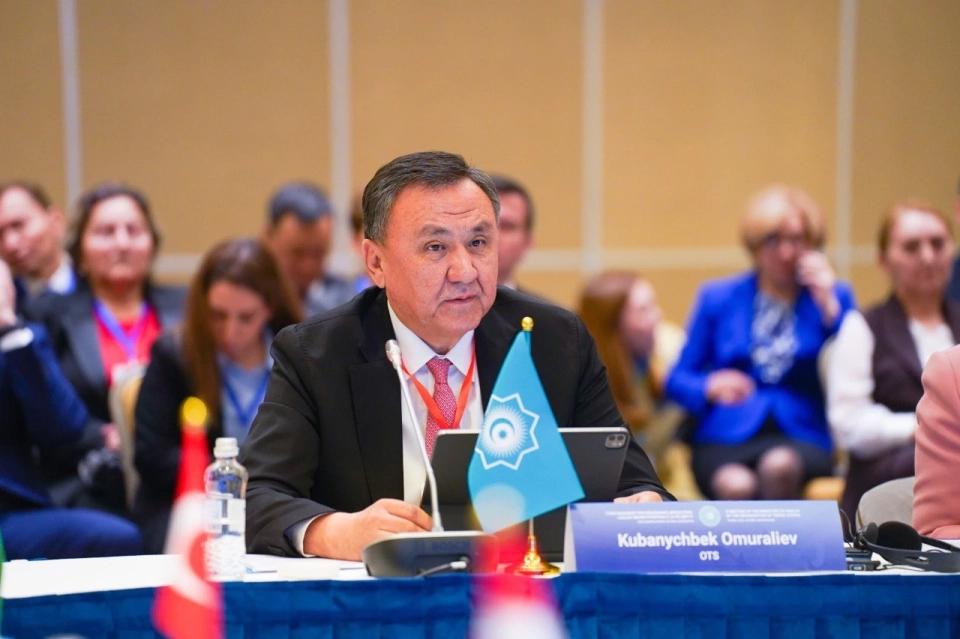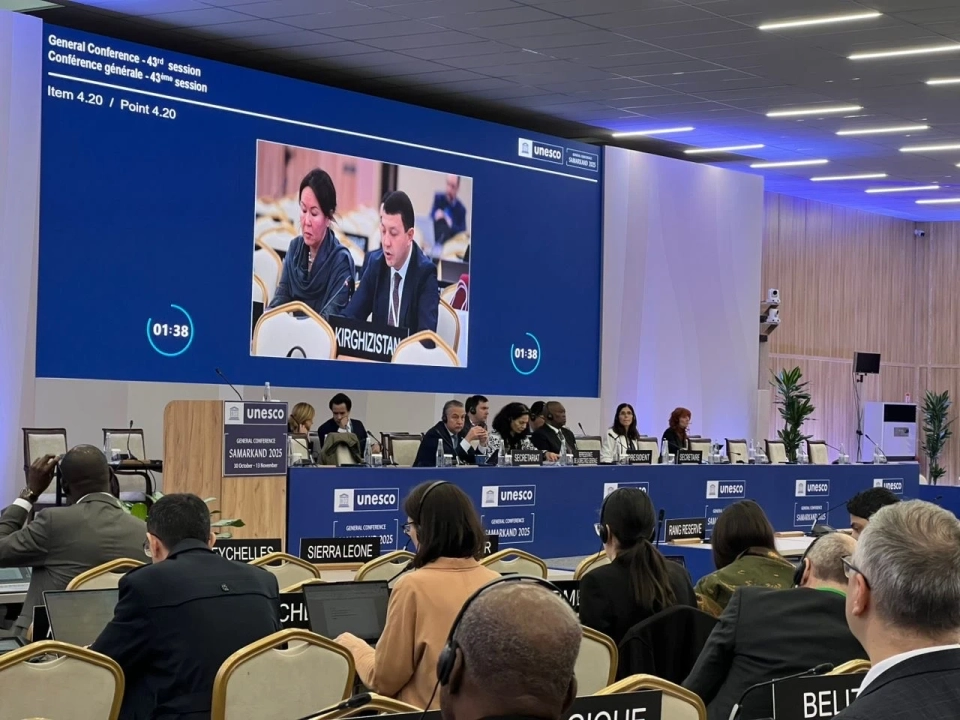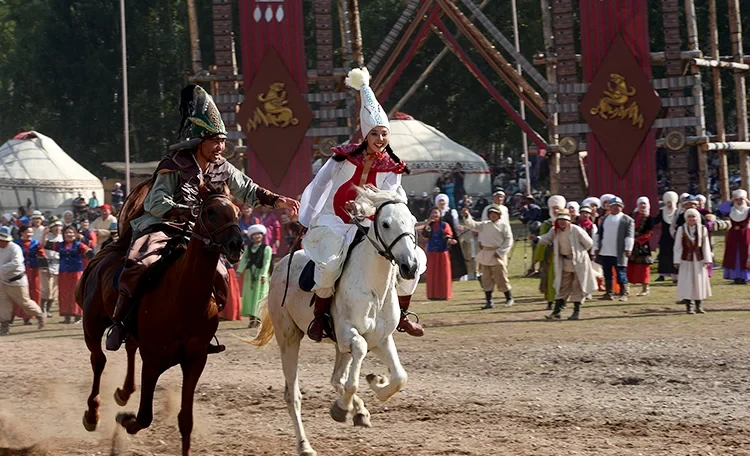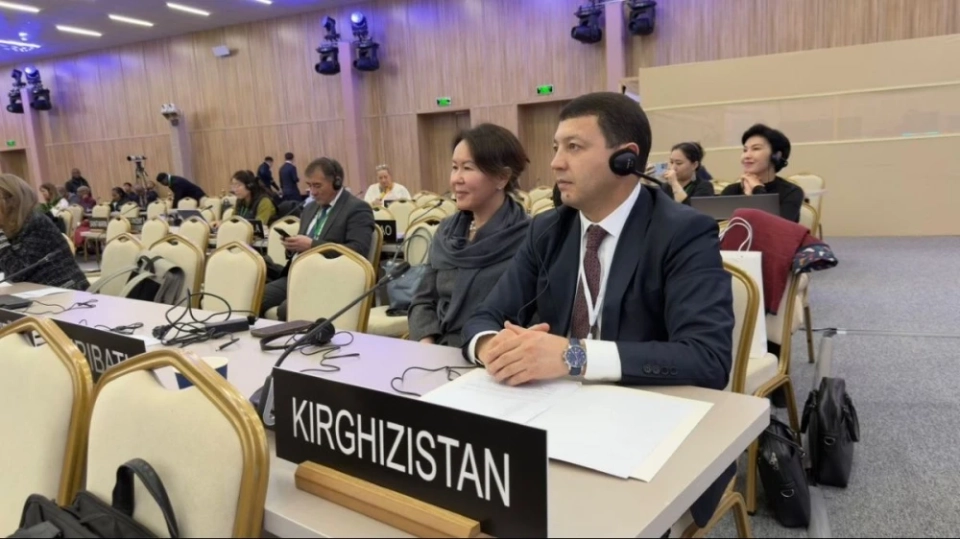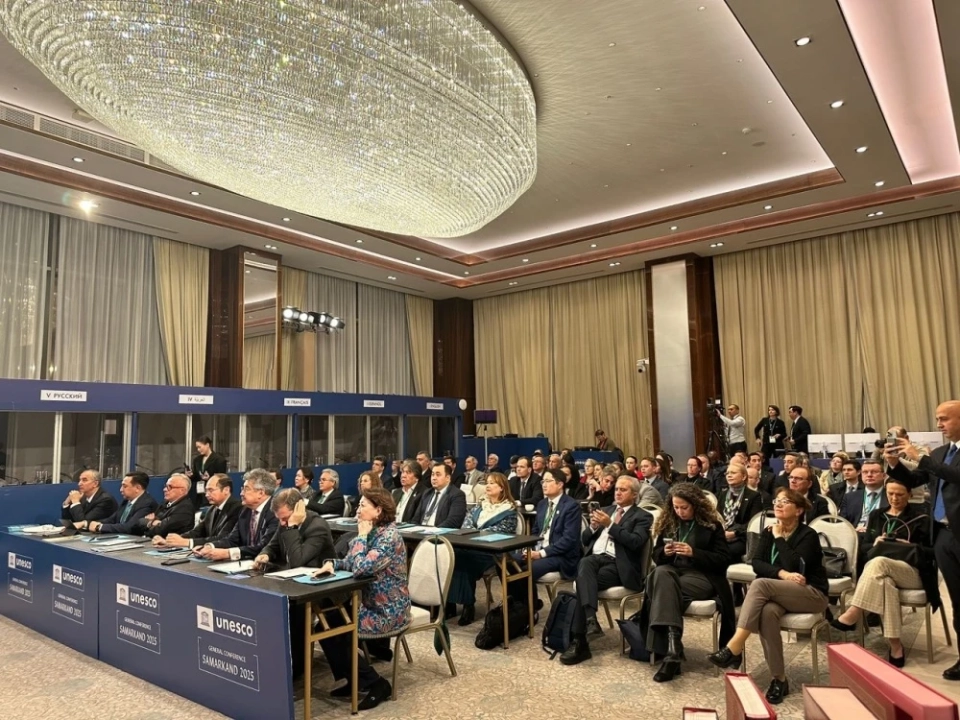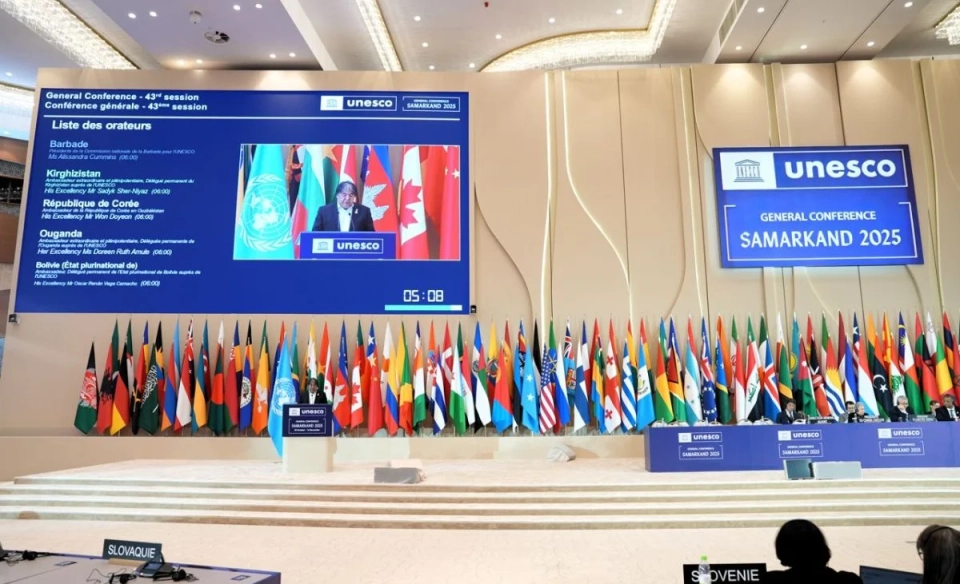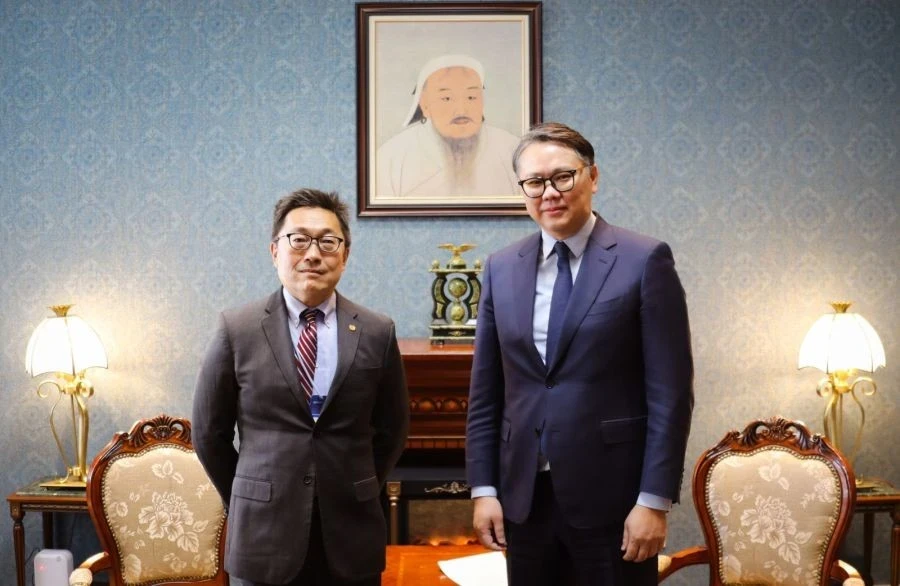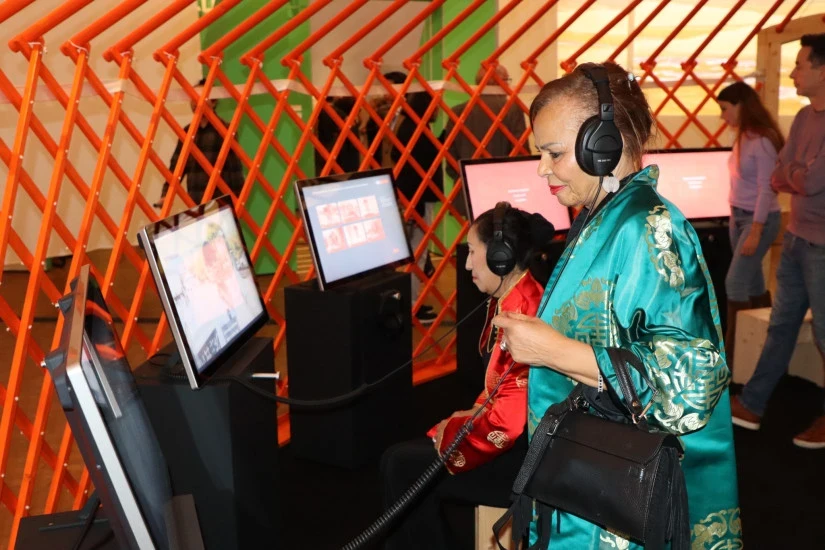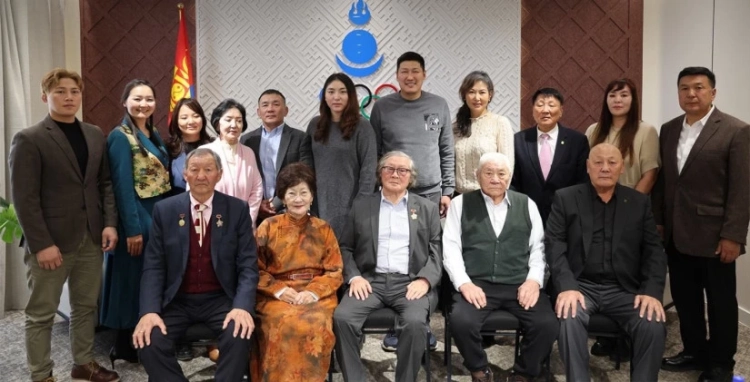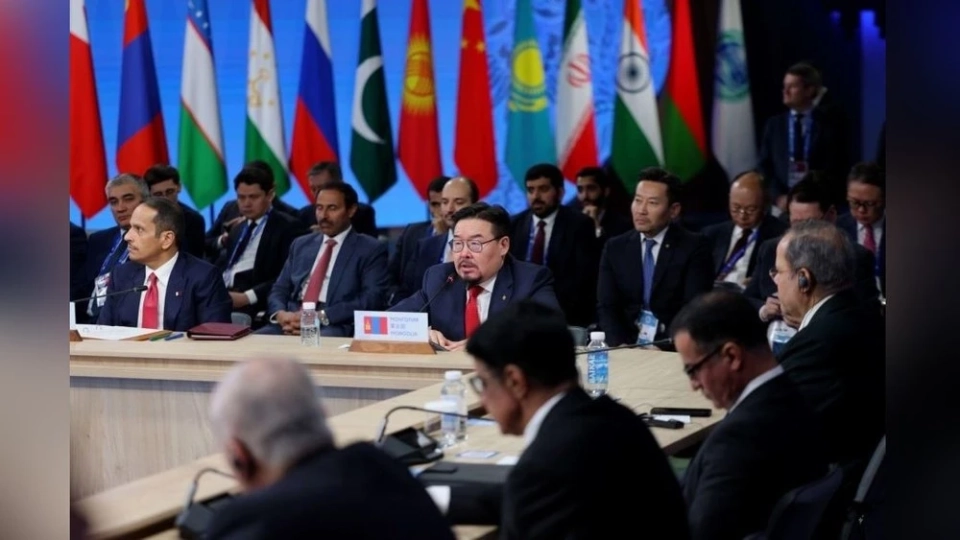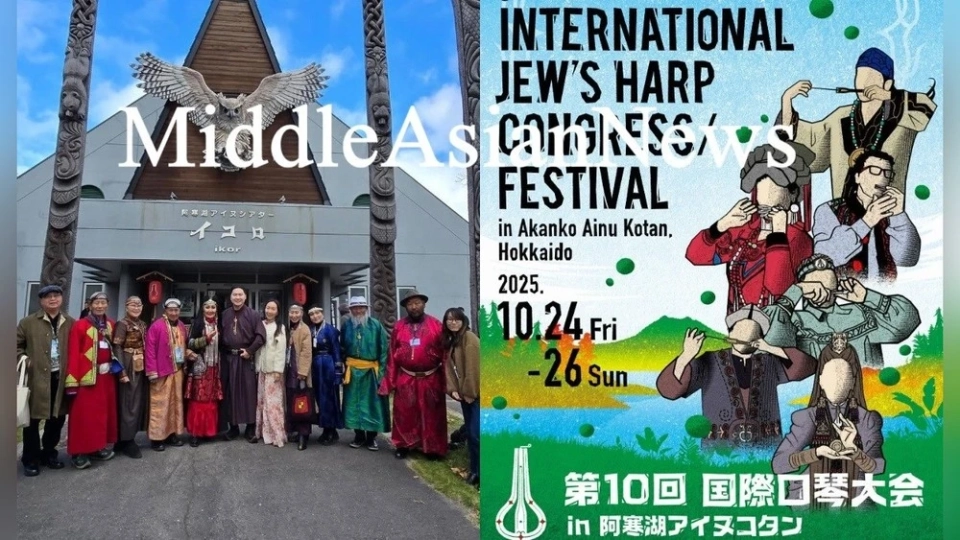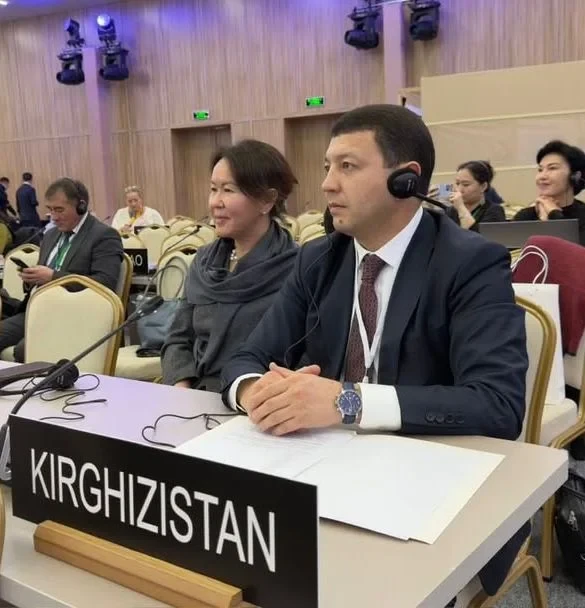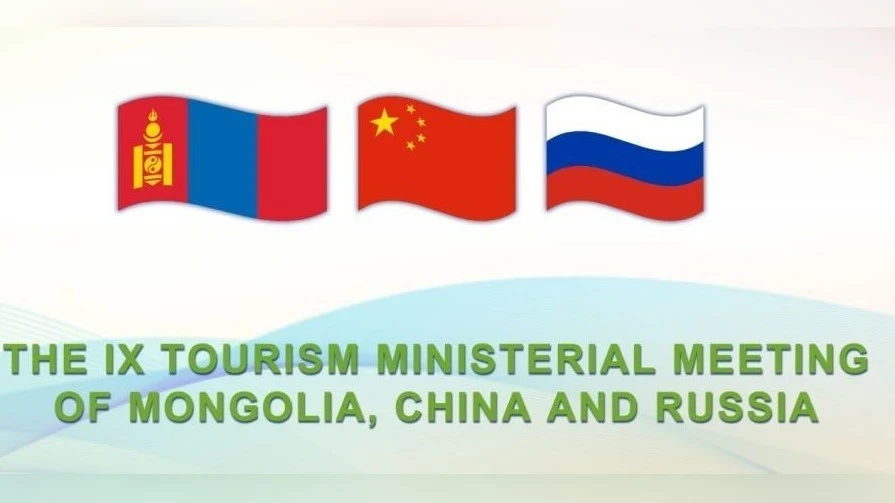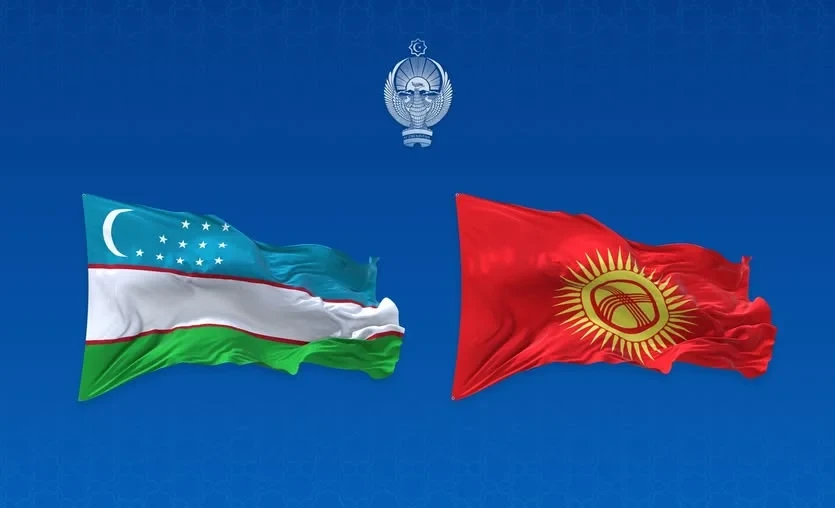Mongolia became a member of the UNESCO World Heritage Committee, receiving this honor for the first time at the 25th session of the General Assembly of States Parties to the Convention concerning the Protection of the World Cultural and Natural Heritage, held in Paris on November 24, 2025. Its membership will be effective from 2025 to 2029.
The elections were held in two stages. In the first stage, voting consisted of distributing seats among regional groups. Switzerland represented Group I, Azerbaijan represented Group II, Grenada and Peru represented Group III, Togo and Tanzania represented Group Va, and Kuwait represented Group Vb. Countries that did not succeed in the first stage had the opportunity to participate in the second round for the 5 remaining seats. Mongolia, having no allocated seats in the Asia-Pacific Group IV, competed with 11 other countries for one open seat. As a result of the voting, Armenia received 105 votes, Mongolia received 97 votes, Bangladesh received 84 votes, the Czech Republic received 81 votes, and Poland received 42 votes, and all were elected to the World Heritage Committee.
The second place achieved by Mongolia among all candidates is a significant success, reflecting the country's international reputation, a well-thought-out promotion strategy, consistent foreign policy, and joint efforts.
The Intergovernmental Committee for World Heritage, established under the 1972 UNESCO Convention, is an authoritative international body composed of 21 member states. It is responsible for important functions such as adding sites to the World Heritage List, removing sites from it, addressing conservation and protection issues, distributing funding, and implementing the provisions of the Convention.
Mongolia's membership in the Committee will allow it to actively participate in the implementation of the Convention at the international level and advocate for issues concerning the country. It will also help enhance the qualifications of national experts in the field of cultural and natural heritage and strengthen international cooperation, significantly boosting Mongolia's reputation on the global stage.
Joining this prestigious committee represents an important step that elevates Mongolia's status in the international arena and confirms its significant contribution to the protection of the world's cultural and natural heritage.
Mongolia joined the Convention in 1990. In the "Cultural Properties" category, the country presented the cultural landscape of the Orkhon River Valley, the petroglyphs of the Mongolian Altai, the sacred mountains of Burkhan Khaldun, and Bronze Age monuments. In the "Natural Properties" category, the Ubsunur Basin and the landscapes of Dauria were included. According to the Ministry of Foreign Affairs, these sites contribute to the development of sustainable tourism, the preservation of Mongolia's cultural and natural heritage, and the expansion of archaeological research.
Tatar S.Maidar
source: MiddleAsianNews

